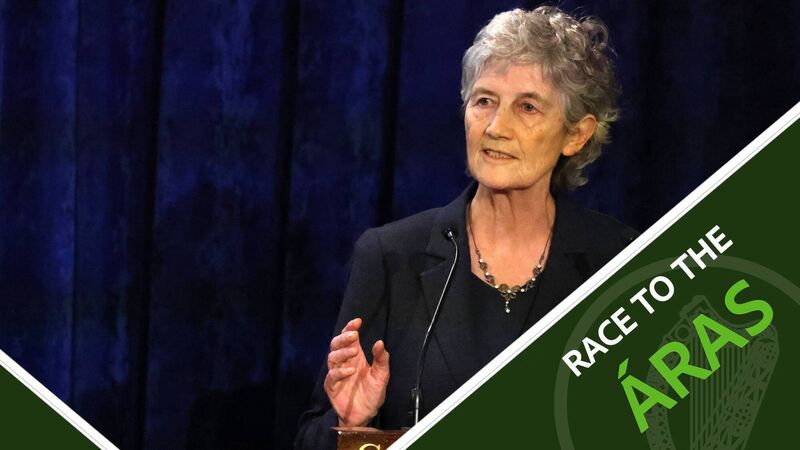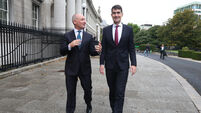Theresa Reidy: Catherine Connolly's victory has lessons for the Government, the left, and future candidates

Catherine Connolly's victory was the culmination of a vibrant but also a disciplined campaign. Picture: Eamonn Farrell/RollingNews.ie
Catherine Connolly secured a record-breaking victory in the election, garnering an enormous 914,143 votes.
Connolly’s victory was the culmination of a vibrant but also a disciplined campaign. She entered the race early in the summer and navigated the perils and pitfalls of presidential elections with great political skill. She endured the intense personal scrutiny calmly, rarely straying from her core message, never resiling from her long-held positions even though many of these are not shared by a majority of voters. To voters, she was authentic.















